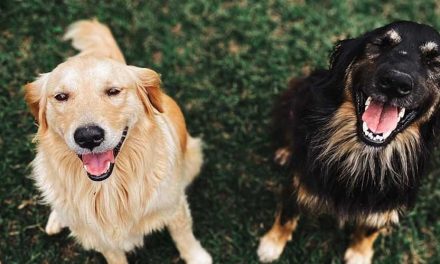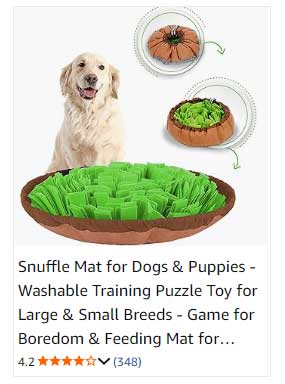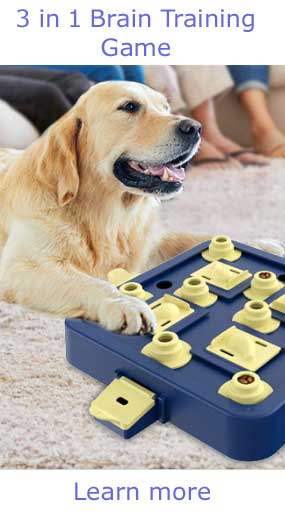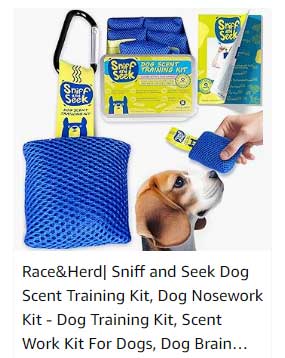As a dog owner, it’s essential to understand the intricate structure of your pet’s body, especially the ligaments and tendons that play a crucial role in their mobility and overall health.
These connective tissues help your dog navigate the world, run, jump, and play – activities that are vital for their physical and mental well-being.
What Are Ligaments and Tendons?
Ligaments are tough bands of fibrous tissue that connect bones to other bones at joints.
They provide stability and support, ensuring that the joints function correctly during movement.
In dogs, ligaments are found throughout the body, including in the knee (stifle), elbow, shoulder, and other joints. Tendons, on the other hand, are similar in structure but serve a different purpose.
They connect muscles to bones, allowing for movement.
When a muscle contracts, the tendon pulls on the bone, resulting in motion.
Tight or flexible tendons can significantly influence a dog’s agility and strength.
Common Ligament and Tendon Injuries in Dogs
Unfortunately, dogs are prone to various injuries that can affect their ligaments and tendons.
Common issues include:
1. Cranial Cruciate Ligament (CCL) Injuries:
Much like the human ACL, the CCL is crucial for knee stability.
Injuries can occur due to trauma or as a result of wear and tear, particularly in older dogs.
Symptoms include limping, swelling, and difficulty in joint movement.
2. Tendon Injuries:
Tendon injuries can happen due to overstretching or tearing.
Torn tendons can lead to significant pain and loss of function.
Recovery can take time and may require surgical intervention.
3. Shoulder Injuries:
Conditions such as biceps tendonitis can occur due to repetitive stress or injury, leading to discomfort and reduced mobility in the affected limb.
Factors Affecting Ligament and Tendon Health
Several factors can influence the health of your dog’s ligaments and tendons:
Age:
As dogs age, their connective tissues become less elastic and more prone to injury.
Weight:
Overweight dogs place extra stress on their joints and ligaments, increasing the risk of injuries.
Activity Level:
While regular exercise is essential, sudden increases in activity or intense physical exertion can lead to injuries.
Supporting Your Dog’s Ligaments and Tendons
To help maintain your dog’s ligament and tendon health, consider these tips:
1. Regular Veterinary Check-ups:
Regular visits can help identify any potential issues early on.
2. Maintain a Healthy Weight:
Keep your dog at an ideal weight to reduce stress on joints and connective tissues.
3. Balanced Diet:
Ensure your dog receives a diet rich in nutrients that support joint and muscle health, including omega fatty acids and glucosamine.
4. Gradual Exercise:
Introduce your dog to new activities gradually and ensure they have adequate warm-up and cool-down periods.
Conclusion
Understanding dog ligaments and tendons is essential for every pet owner.
By being aware of potential injuries and taking steps to support your dog’s mobility, you can promote a long, active, and happy life for your furry friend.
Whether your dog is a playful puppy or a seasoned senior, their well-being relies heavily on the health of their ligaments and tendons.
Always consult with your veterinarian if you notice any signs of discomfort or injury, and stay proactive in your dog’s care.












